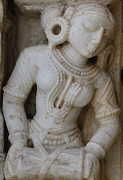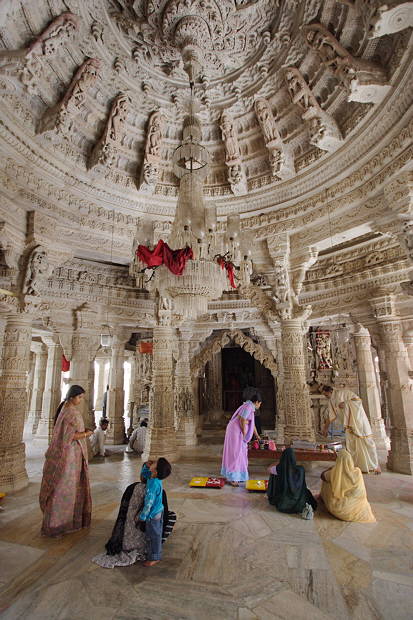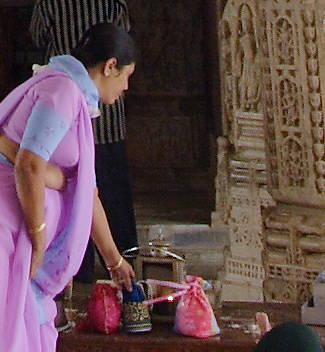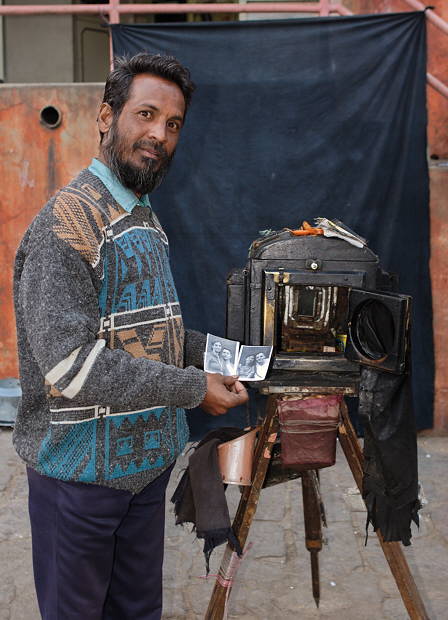|
|
My
son Nathan, who lived in
India for five months in 2001-2002, motivated the trip. He had worked
in Ahmedabad (in the state of Gujarat) as an
intern
for the well-known architect Balkrishna Doshi, who was interviewed in
thze
film about Louis Kahn, My
Architect.
Nathan has been dreaming about India ever since he returned to the USA.
I also wanted to see my old friend Shrikant Jhaveri— my office partner
from my first job in Boston, whom I hadn't seen since 1969.
The trip was planned for December
5-30. We lost two days in Los Angeles waiting for Air India to replace
a jet engine: better than falling out of the sky. We visited Mumbai
(the city formerly known as Bombay), Ahmedabad and Junagadh (location
of Girnar Hill) in Gujarat, then Udaipur, Jodhpur,
and Jaipur in Rajasthan.
I took my new Canon EOS-20D with
the 10-22mm, 24-70 f2.8L, and 70-200 f/4L lenses. I gave my EOS-10D
with the 24-85 and 17-40 f/4L lenses to Nathan. The 17-40 is a superb
lens: I still have misgivings about parting with it. But Nathan
is an excellent photographer; he'll use it to full advantage. I ordered
the new 17-85mm IS lens, but it didn't arrive in time for the trip. In
its place I
used the excellent 24-70L in its place: a lens I both love (for its
optical quality) and hate (for its size and weight). My
friend Dennis Wilkins has been raving about the Sigma
18-125mm f.3,5-5.6 lens. Since the 17-85 still hasn't arrived as of
January 12,I may give it a try. It's pretty inexpensive ($269).
Some of
the images on the pages are postcards or documents; some are attempts
at fine art.
Thanks
I want to thank Shrikant Jhaveri, his son Nirav, and his family for
their fine hospitality (in Ahmedabad) and help in planning the trip. I
also want
to thank Ashok
Viswanathan
of Mumbai (which he still calls Bombay) for his immense help
in planning the trip and particularly for his assistance in getting us
on
the first available Air India flight while we were stranded in Los
Angeles. Ashok and his wife Laxmi took us to the superb Khyber
restaurant in
downtown Bombay— the best
Indian food I've ever had and the most memorable meal of the trip.
Ashok gave us a real scare though. He and Laxmi went to visit Laxmi's
family in Chennai (Madras) for the Christmas holidays. He was going to
photograph the beach the day after Christmas, but he overslept. Missed
the tsunami. Good
thing!
|
|





